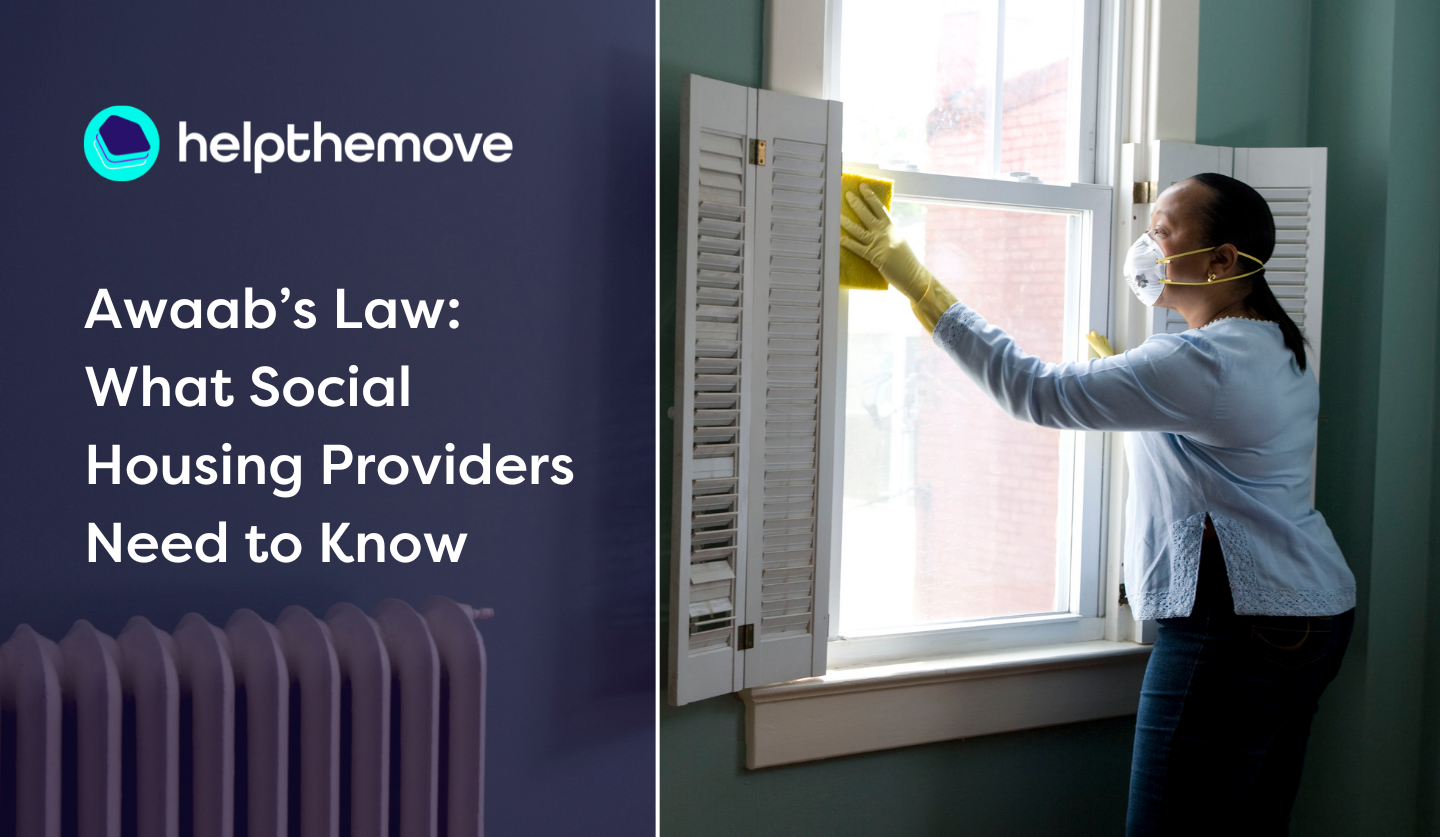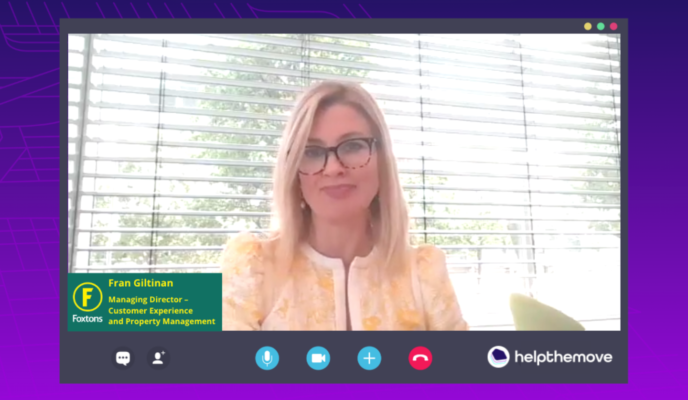Awaab’s Law (Damp and Mould): Guide for Housing Providers
Damp and mould in UK social housing is not a new challenge, but the way the sector is expected to respond is about to change significantly. With Awaab’s Law damp and mould regulations set to come into force late this October, housing providers face both a legal and moral imperative: no tenant should have to live in unsafe, unhealthy conditions.
The legislation, named after two-year-old Awaab Ishak who tragically died from prolonged exposure to mould in his family’s Rochdale flat, will place stricter timelines on landlords to investigate and resolve cases. This is about compliance but it’s also about restoring trust and protecting lives.
Why Damp and Mould Matters
The health impacts are well documented. Public Health England reports that exposure to damp and mould increases the risk of respiratory problems, including asthma, infections, and long-term lung damage. Children and vulnerable adults are particularly at risk.
The scale of the issue is sobering. A 2023 English Housing Survey found that around four per cent of social homes had a problem with damp, affecting more than 200,000 households. These aren’t just statistics – they represent families living in conditions that directly harm their wellbeing. For housing professionals, addressing this is about far more than repairs; it’s about dignity, health, and rebuilding resident confidence in the system.
What Awaab’s Law Will Mean in Practice
Awaab’s Law doesn’t leave much room for delay – it sets out clear, legally binding deadlines for tackling damp and mould.
For emergency hazards, landlords must act fast. An investigation and immediate safety action have to happen within 24 hours of becoming aware of the issue. If the home can’t be made safe within that window, tenants must be offered suitable alternative accommodation until the works are finished. Once the investigation is complete, a plain-English summary of the findings must be shared with the tenant within three working days. Longer-term repairs or supplementary works must then begin within five working days, or as soon as practicable, but never later than 12 weeks.
For significant hazards, the timeframe is slightly longer but still strict. Landlords have 10 working days to carry out an investigation, and again a written summary must be provided to the tenant within three working days of that investigation finishing. Any safety works to make the property safe must start within five working days, and longer-term fixes must begin within five working days or as soon as practicable, always within the 12-week limit. If the home still can’t be made safe, alternative accommodation must be provided.
On top of these deadlines, landlords also carry ongoing duties. Tenants need to be kept updated throughout the process, and all works must be completed properly within a reasonable timeframe. There is only a narrow defence available for providers — they would have to show that every reasonable step was taken, but compliance was impossible (for example, if a tenant refused access or if materials simply weren’t available).
Taken together, these requirements raise the stakes considerably. Regulators and the Housing Ombudsman now have stronger powers to enforce compliance, meaning providers who fall short risk not just fines or enforcement but also reputational damage and, most importantly, the erosion of tenant trust.
From Reaction to Prevention
Traditionally, damp and mould has been managed reactively – waiting for tenants to report issues, sending inspectors, and booking repairs. But Awaab’s Law demands a cultural shift. Housing associations will need to prove not only that they acted, but that they acted on time.
Meeting this standard means investing in smarter case management systems, equipping staff to triage and prioritise effectively, and ensuring resident communications are clear and transparent. Data will also play a crucial role, helping providers spot patterns and prevent repeat cases before they escalate. It marks a move from simply fixing problems to proactively preventing risks.
Tools That Can Help
For many providers, the biggest challenge is not intent, it’s capacity. Admin-heavy processes, manual reporting, and fragmented case notes make compliance difficult. That’s where purpose-built solutions can help.
One example is DampTrack, a platform created specifically for housing providers to manage damp and mould cases from start to finish. It guides teams through the required steps, automatically tracks statutory deadlines, and sends plain-English updates to residents. Providers using it report up to 95% compliance risk reduction and 60% less admin time.
While every organisation will take its own approach, platforms like this demonstrate that compliance doesn’t have to mean more complexity. In fact, the right tools can improve efficiency, transparency, and resident trust all at once. If your organisation is exploring how to strengthen its damp and mould response ahead of October, it may be worth taking a closer look at what DampTrack can offer. Get in touch to find out more.
A Turning Point for the Sector
Awaab’s Law is more than another regulation, it represents a turning point for social housing. It signals that health and safety in homes is non-negotiable, and that residents deserve timely, transparent action when their homes put them at risk.
For housing leaders, this is a chance to go beyond minimum compliance and demonstrate what a resident-first culture really looks like. Tackling damp and mould effectively is one of the most powerful ways to protect communities, build trust, and ensure that tragedies like Awaab Ishak’s never happen again.



